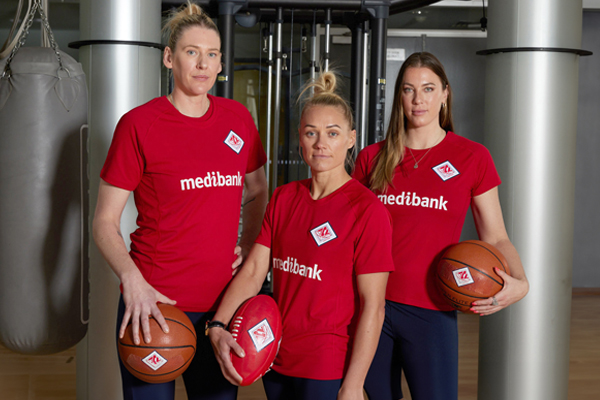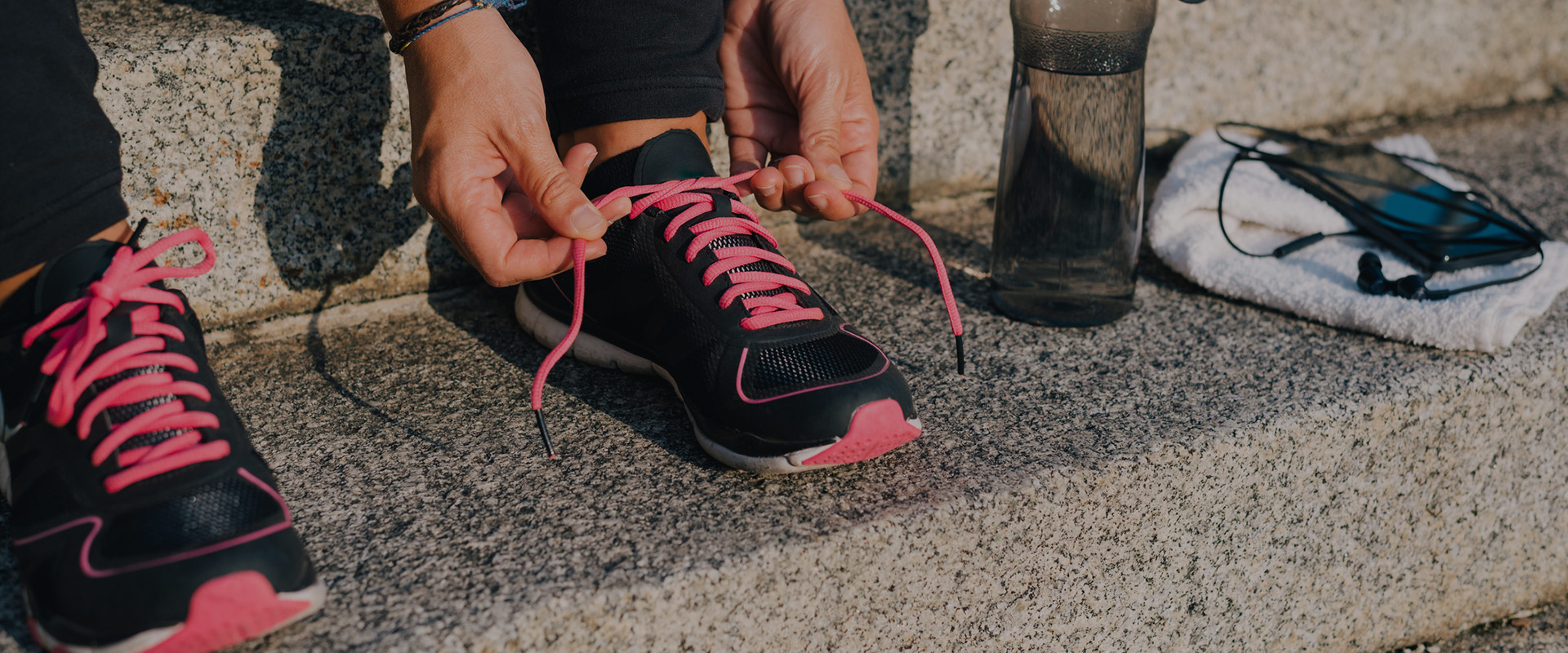-
I signed up for a slide boarding session with Jake Moller, personal trainer and founder of Mace Fitness, with no idea what I was in for.
Some hasty internet research revealed that a slide board is a rectangular board with a super slick surface and bumpers at each end. To slide board, you put special booties over your shoes to make them slippery enough to glide across the board and push off at each end.
Slide boarding has been around in the United States for some time and elite speed skaters and ice hockey players were the first to use it to improve power, endurance, speed and hip strength. Jake decided to introduce slide boarding to Australia (he built the boards himself after extensive research) because of the unique strengthening benefits it offers users.
Slide boarding targets muscles that no other exercise can and is – Jake assured me – a very efficient exercise for toning the hip, gluteal and leg muscles, especially the inner thigh.
What to expect in a slide boarding session
I arrived at Mace Fitness with conflicting feelings about what was to come – fear of embarrassment or injury vying with my curiosity and excitement about giving slide boarding a go.
Jake expertly guided me through the foundation slide board move, which involves crouching into athletic-ready position with head and chest up, pushing off from one of the bumpers with one foot and gliding across to the opposite bumper on the other foot.
The idea is to use natural, cross-body arm motion similar to that used during ice-skating, which is more difficult than it sounds when your main focus is balancing.
"Slide boarding is a very efficient exercise for toning the hip, gluteal and leg muscles, especially the inner thigh."
Having managed the first tricky steps in my slippery booties without serious injury, I was ready to get into it and once I hit a rhythm, the glide from one side to the other was quite a thrill. The next challenge was trying some more specific muscle-strengthening and core exercises.
One of the key benefits of this workout is that is adds variety to training sessions and is low impact, making it perfect for people such as myself who have suffered injury from repetitive impact exercises like running.
In fact, given most running injuries relate to the hip, slide boarding is a great complementary workout for distance runners as it targets the very muscles responsible for stabilising the hip joint.
The verdict
In our seated society, neither the hip abductors on the outside of the hip, nor the ones on the inside of the upper thigh get much use, but these are the prime movers on a slide board. This could be why two days after my slide boarding session I could barely walk. And it wasn’t just my legs – the pain in my torso let me know my core muscles had been working overtime as I slid. A thoroughly satisfying feeling!
Slide boarding would be great for anyone looking to liven up their regime and try innovative ways to strengthen up and prevent injury. It’s a dynamic workout that keeps your mind engaged so you barely notice how hard your body is working – until afterwards.
Find out more at Mace Fitness.
Why you need to try slide boarding

-
Everything you need to know about parkrun
Been wondering what a parkrun looks like? Where do you go? What do you do? How do you sign up? Find out here.
-
Five ways to exercise when on a budget
You don’t need to spend money on gym memberships just to meet your fitness goals. Here are five free ways to stay healthy and active when you’re living on a budget.
-
How parkrun changed my life
Christie Farrow went from being an exercise-phobe to a true blue runner with parkrun.
-
Australia's top female athletes unite on ACL injury
Some of Australia's most talented athletes have joined forces to highlight the unique injury challenges women face.
-
How to create your perfect summer fitness plan
Be inspired by the sunshine and get moving
-
The essential foam rolling routine
Improve posture and flexibility with this essential foam rolling routine. Discover effective stretches to ease muscle tightness and enhance your daily movement.
Subscribe to receive the best from Live Better every week. Healthy recipes, exercise tips and activities, offers and promotions – everything to help you eat, move and feel better.
By clicking sign up I understand and agree to Medibank's privacy policy






